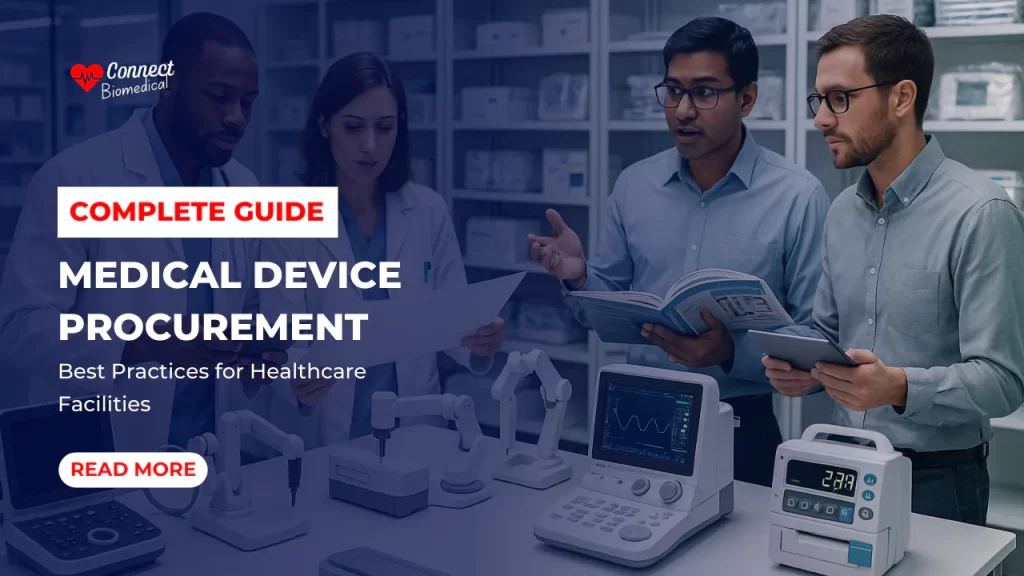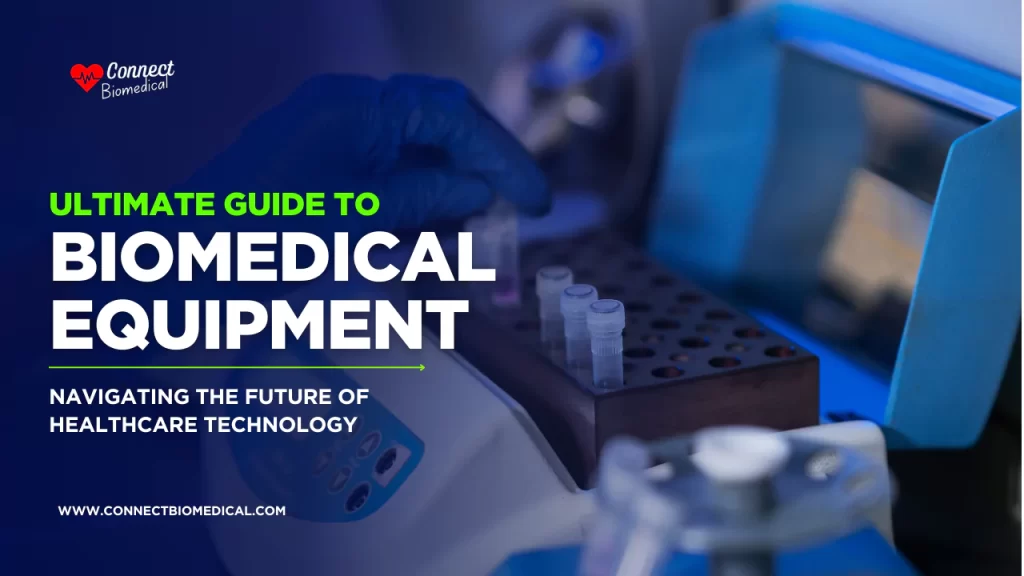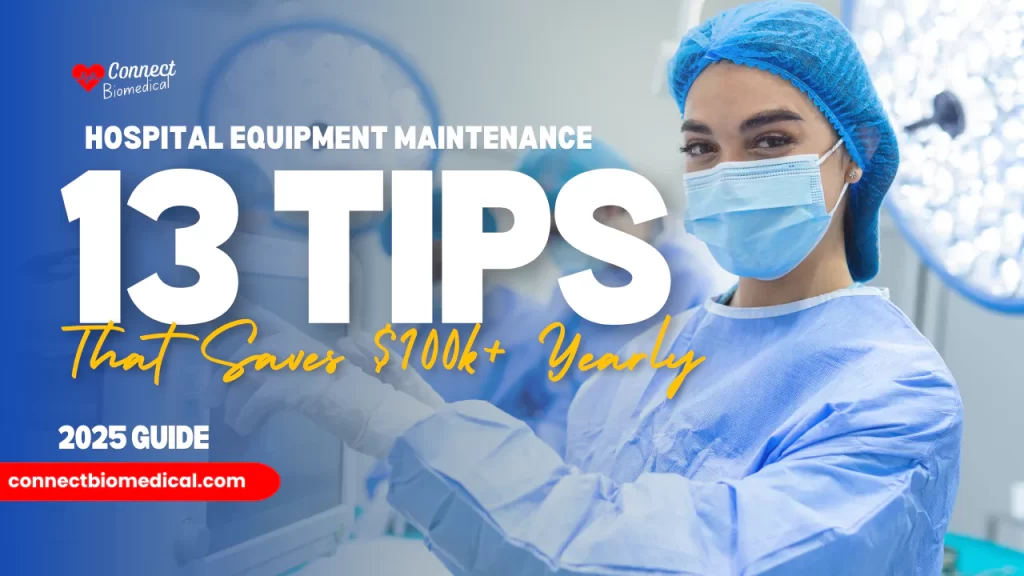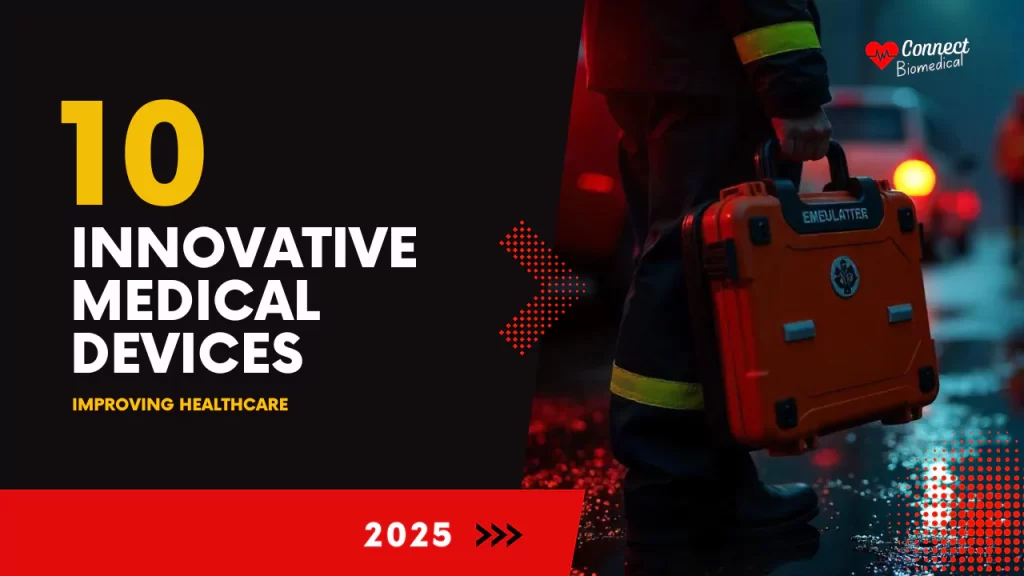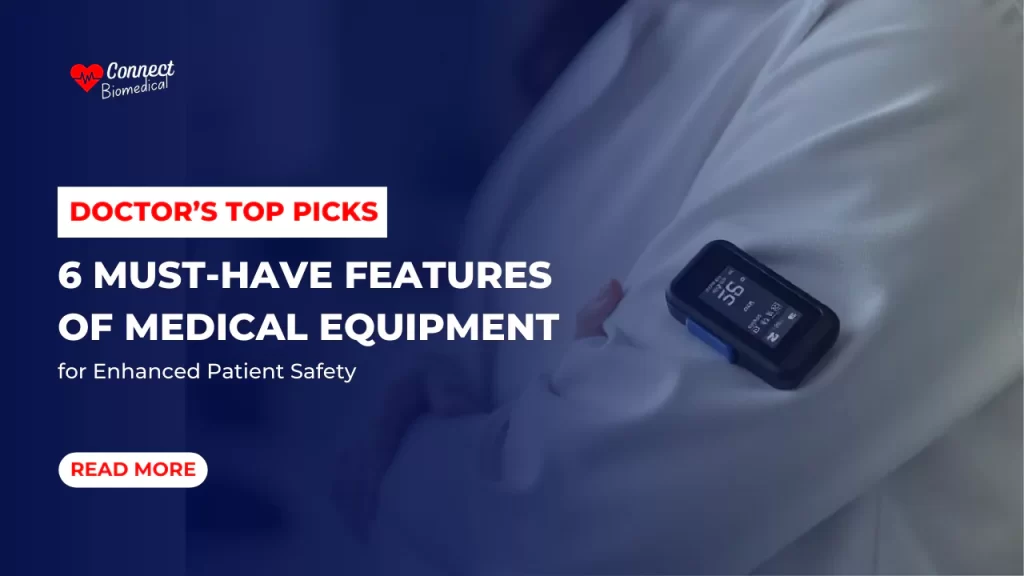Medical device procurement is a critical process for healthcare facilities seeking to maintain quality patient care while managing costs effectively. The selection and acquisition of appropriate medical equipment requires careful planning, evaluation, and strategic decision-making. This comprehensive guide explores the essential steps of the medical device procurement process, from needs assessment to implementation, helping healthcare professionals make informed purchasing decisions.
Table Of Contents
- Understanding the Medical Device Procurement Process
- Key Criteria for Selecting Medical Devices
- Developing a Hospital Equipment Purchasing Strategy
- Conducting Thorough Medical Device Evaluation
- Best Practices for Supplier Selection
- Performing Comprehensive Cost Analysis
- Ensuring Regulatory Compliance in Procurement
- Implementing Quality Assessment Frameworks
- Optimizing Procurement Through Strategic Sourcing
- Measuring Procurement Success and Continuous Improvement
- Leveraging Technology for Better Procurement Outcomes
- FAQs about Medical Device Procurement
Understanding the Medical Device Procurement Process
The medical device procurement process involves several interconnected steps that healthcare facilities follow when acquiring new equipment. This structured approach helps ensure that purchased devices meet clinical needs, comply with regulations, and provide value for investment.
A well-designed procurement process typically includes needs assessment, budget planning, market research, supplier evaluation, and implementation planning. According to a systematic review published in BMJ Open, healthcare organizations that follow standardized procurement procedures tend to achieve better outcomes in terms of equipment functionality and cost-effectiveness.
The procurement cycle doesn’t end with purchase but continues through installation, training, and ongoing maintenance. This holistic view helps healthcare facilities maximize the lifespan and utility of their medical equipment investments.
Key Criteria for Selecting Medical Devices
When evaluating medical equipment options, healthcare facilities consider several important factors that influence the selection decision:
- Clinical effectiveness: How well the device meets the specific medical needs of patients and healthcare providers
- User-friendliness: Ease of operation and integration into existing workflows
- Reliability and durability: Expected lifespan and performance consistency
- Maintenance requirements: Availability of service, parts, and technical support
- Cost considerations: Initial purchase price, operating costs, and total cost of ownership
The International Organization for Standardization (ISO) provides guidelines (ISO 13485) for quality management systems specific to medical devices, which can serve as a framework for evaluation criteria.
Healthcare providers also consider compatibility with existing systems, available floor space, and staff training requirements when selecting new equipment. These practical considerations help ensure smooth integration into the clinical environment.
Developing a Hospital Equipment Purchasing Strategy
Creating a comprehensive strategy for hospital equipment purchasing helps healthcare facilities align procurement decisions with organizational goals and clinical priorities. This strategic approach minimizes ad hoc purchasing and improves resource allocation.
A successful purchasing strategy begins with forming a multidisciplinary committee including clinicians, biomedical engineers, financial officers, and procurement specialists. This diverse team brings varied perspectives to the decision-making process.
The strategy should establish clear procedures for:
- Equipment request evaluation
- Budget allocation and approval workflows
- Supplier selection and negotiation
- Contract management
- Equipment lifecycle planning
Research published in the Journal of Health Economics highlights the importance of buyer competence and discretion in achieving favorable outcomes in medical device procurement.
Conducting Thorough Medical Device Evaluation
Medical device evaluation involves systematically assessing potential equipment options against established criteria to determine the best fit for a healthcare facility’s needs. This evaluation process typically occurs before final purchasing decisions are made.
Effective evaluation methods include:
- Technical specification review against clinical requirements
- On-site demonstrations and trials
- Consultation with current users at other facilities
- Review of published performance data and clinical studies
- Assessment of regulatory clearances and compliance history
The FDA’s Center for Devices and Radiological Health (CDRH) provides resources to help healthcare facilities verify the regulatory compliance of medical devices under consideration.
Documentation of the evaluation process creates an audit trail that supports evidence-based decision making and helps justify procurement choices to administrative stakeholders.
Best Practices for Supplier Selection
Selecting reliable suppliers is as important as choosing the right medical devices. The quality of vendor relationships significantly impacts equipment performance, maintenance, and long-term value.
When evaluating potential suppliers, healthcare facilities typically consider:
- Reputation and track record: History of reliability and customer satisfaction
- Financial stability: Ability to provide ongoing support throughout the equipment lifecycle
- Technical support capabilities: Availability of training, maintenance, and troubleshooting assistance
- Warranty and service agreements: Terms, coverage, and responsiveness
- Ethical business practices: Compliance with industry standards and regulations
Many healthcare organizations use supplier prequalification processes to create approved vendor lists. This approach streamlines future procurement while maintaining quality standards.
Building collaborative relationships with key suppliers can lead to better pricing, priority service, and customized solutions that address specific facility needs.
Performing Comprehensive Cost Analysis
Cost analysis for medical equipment goes beyond the initial purchase price to consider the total financial impact throughout the device’s lifecycle. This comprehensive approach helps healthcare facilities make economically sustainable procurement decisions.
A thorough cost analysis includes:
- Acquisition costs: Purchase price, shipping, installation, and initial training
- Operational costs: Supplies, energy consumption, and staffing requirements
- Maintenance expenses: Preventive maintenance, repairs, and service contracts
- Upgrade costs: Software updates and hardware modifications
- End-of-life expenses: Decommissioning and disposal
Tools like Total Cost of Ownership (TCO) calculators help procurement teams compare the long-term financial implications of different options.
Cost-effectiveness analysis also considers clinical benefits relative to costs, helping facilities prioritize investments that deliver the greatest value for patients and providers.
Ensuring Regulatory Compliance in Procurement
Medical device procurement must adhere to various regulatory requirements that govern healthcare equipment safety, effectiveness, and quality. Compliance considerations should be integrated throughout the procurement process.
Key regulatory frameworks include:
- FDA regulations: Requirements for medical device approval and clearance in the U.S.
- ISO standards: International guidelines for quality management systems
- HIPAA requirements: Rules governing patient data privacy and security for connected devices
- Joint Commission standards: Accreditation requirements for healthcare facilities
According to the Association for the Advancement of Medical Instrumentation (AAMI), procurement policies should include verification of regulatory clearances and compliance certifications before final purchase decisions.
Healthcare facilities also need to consider local and regional regulations that may impose additional requirements on medical equipment acquisition and use.
Implementing Quality Assessment Frameworks
Quality assessment frameworks provide structured approaches for evaluating medical devices against predetermined standards. These frameworks help healthcare facilities make objective comparisons between different equipment options.
Effective quality assessment includes:
- Establishing clear evaluation criteria aligned with clinical needs
- Using standardized rating systems to compare device performance
- Documenting assessment findings systematically
- Incorporating feedback from multiple stakeholders
- Reviewing post-implementation performance against expectations
Many facilities adopt frameworks from organizations like the Emergency Care Research Institute (ECRI), which provides evidence-based evaluations of medical technologies.
Regular review and refinement of assessment frameworks ensures they remain relevant as healthcare needs and technologies evolve.
Optimizing Procurement Through Strategic Sourcing
Strategic sourcing approaches can significantly improve the efficiency and effectiveness of medical equipment procurement. These methods focus on developing systematic, long-term sourcing strategies rather than treating each purchase as an isolated event.
Effective strategic sourcing includes:
- Spend analysis: Reviewing historical purchasing patterns to identify opportunities for consolidation and savings
- Market intelligence: Gathering information about supplier capabilities, pricing trends, and emerging technologies
- Category management: Grouping similar products for coordinated purchasing strategies
- Supplier relationship management: Developing collaborative partnerships with key vendors
- Continuous improvement: Regularly evaluating and refining procurement practices
Group purchasing organizations (GPOs) offer another strategic sourcing option. These organizations allow healthcare facilities to leverage collective buying power for better pricing and terms.
Digital procurement platforms can streamline the sourcing process while providing better visibility into spending patterns and supplier performance.
Measuring Procurement Success and Continuous Improvement
Evaluating procurement outcomes helps healthcare facilities refine their processes and achieve better results over time. Establishing clear metrics for success creates accountability and drives continuous improvement.
Key performance indicators for medical device procurement may include:
- Cost savings: Comparison of actual costs against budget projections
- Clinical satisfaction: Feedback from healthcare providers on equipment performance
- Procurement cycle time: Duration from request to implementation
- Supplier performance: Reliability, responsiveness, and quality of vendor support
- Equipment uptime: Availability and functionality of purchased devices
Regular procurement audits help identify process inefficiencies and opportunities for improvement. These reviews should involve stakeholders from clinical, technical, and financial departments.
Continuous learning and adaptation are essential as healthcare needs, technologies, and market conditions evolve. Organizations that embrace this mindset tend to achieve more sustainable procurement success.
Leveraging Technology for Better Procurement Outcomes
Modern procurement technologies offer powerful tools for improving the efficiency, transparency, and effectiveness of medical device acquisition. These digital solutions help healthcare facilities manage complex procurement processes more effectively.
Beneficial procurement technologies include:
- E-procurement systems: Digital platforms that streamline requisition, approval, and ordering processes
- Contract management software: Tools for tracking agreements, renewal dates, and compliance requirements
- Inventory management systems: Solutions that optimize stock levels and reduce waste
- Analytics platforms: Applications that provide insights into spending patterns and opportunities for improvement
- Supplier portals: Collaborative interfaces that facilitate communication with vendors
According to research from Globalization and Health, healthcare facilities that adopt digital procurement tools typically experience improved efficiency and better decision-making.
When implementing new procurement technologies, organizations should consider integration capabilities with existing systems, user training requirements, and data security features.
FAQs about Medical Device Procurement
How long does a typical medical device procurement process take?
The timeline for medical device procurement varies based on equipment complexity and organizational processes, typically ranging from 3-12 months. Simple equipment may be procured more quickly, while complex systems requiring facility modifications often take longer.
What role do biomedical engineers play in the procurement process?
Biomedical engineers provide technical expertise during device evaluation, help develop specifications, assess compatibility with existing systems, and advise on maintenance requirements. Their input is crucial for selecting equipment that meets both clinical and technical requirements.
How can small healthcare facilities compete with larger organizations in procurement?
Small healthcare facilities can improve their procurement position by joining group purchasing organizations, focusing on total cost of ownership rather than initial price, building strong supplier relationships, and leveraging technology to streamline processes and improve market intelligence.
Stay informed about the latest developments in medical device procurement and healthcare technology management by exploring Connect Biomedical’s expert resources. Our comprehensive guides and articles provide practical insights to help biomedical professionals make confident equipment decisions and improve operational efficiency.

